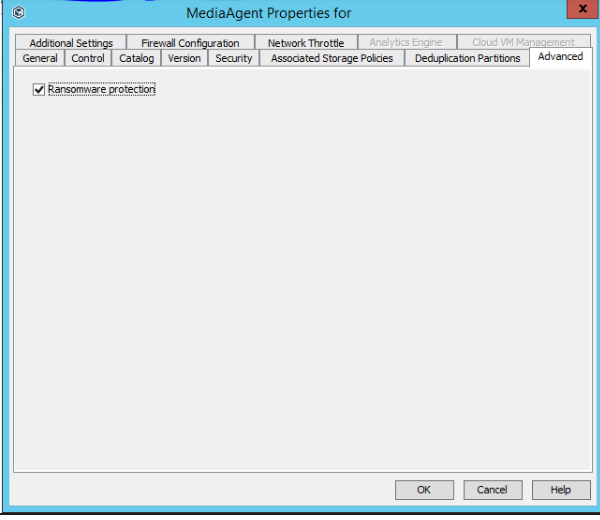Mastering IT Infrastructure Documentation: A Practical Guide from the Datacenter Trenches
As an IT Manager who has spent years building and maintaining enterprise infrastructure across datacenters, virtualization clusters, and Kubernetes deployments, I’ve learned that poor documentation is one of the fastest ways to cripple operational efficiency. It’s not just about recording configurations—it’s about creating living, actionable documents that engineers trust and use daily.
In this guide, I’ll share battle-tested methods for managing IT infrastructure documentation effectively, with techniques I’ve developed through real-world challenges.
Why Documentation Fails in Most IT Teams
A common pitfall I’ve seen is treating documentation as an afterthought—something updated only during audits or post-outage postmortems. This leads to:
– Outdated topology diagrams that mislead engineers during incidents.
– Hidden tribal knowledge stored only in senior engineers’ heads.
– Inconsistent formats that make searching for information painful.
The key is to integrate documentation into operational workflows so it evolves with the infrastructure.
Step-by-Step Guide to Effective IT Infrastructure Documentation
1. Define a Documentation Taxonomy
In my experience, a chaotic wiki is worse than no documentation at all.
Create a structured taxonomy that mirrors your infrastructure layers:
/Infrastructure
/Datacenter
/RackLayouts
/NetworkDiagrams
/Servers
/Windows
/Linux
/Virtualization
/VMware
/KVM
/Storage
/SAN
/NAS
/Kubernetes
/ClusterConfigs
/DeploymentManifests
/Backup
/Policies
/RecoveryProcedures
Pro-tip: Use consistent naming conventions, e.g., DC1-Network-Topology-v2024-03.
2. Use Version-Controlled Documentation
Static PDFs in shared drives go stale fast. I recommend keeping all infrastructure documentation in Git—even diagrams and configuration exports.
Example Git workflow for documentation:
“`bash
Clone documentation repo
git clone git@yourgitserver:infra-docs.git
cd infra-docs
Add new Kubernetes cluster diagram
cp cluster-diagram.png kubernetes/
git add kubernetes/cluster-diagram.png
git commit -m “Updated cluster diagram for GPU-enabled nodes”
git push origin main
“`
Benefit: Every change is tracked, with rollback capability during audits.
3. Automate Configuration Snapshots
For systems like Kubernetes, VMware, or Linux servers, automate the export of configs into your documentation repository.
Example: Automated Kubernetes config dump
“`bash
!/bin/bash
DATE=$(date +%F)
EXPORT_DIR=”/var/docs/k8s/$DATE”
mkdir -p $EXPORT_DIR
kubectl get nodes -o wide > $EXPORT_DIR/nodes.txt
kubectl get pods –all-namespaces -o wide > $EXPORT_DIR/pods.txt
kubectl get deployments –all-namespaces -o yaml > $EXPORT_DIR/deployments.yaml
cd /var/docs/k8s
git add .
git commit -m “Daily Kubernetes snapshot $DATE”
git push origin main
“`
This keeps operational state recorded without manual intervention.
4. Embed Diagrams & Architecture Visuals
Written text alone doesn’t help during outages.
For example, a network topology diagram with VLAN mappings can save hours during switch troubleshooting.
[Insert Diagram: Example VMware Cluster Network Topology]
Pro-tip: Use tools like draw.io or Lucidchart and store source files alongside exported images so diagrams can be updated easily.
5. Implement Access Control & Auditing
Not all documentation should be public within the organization—especially credentials or security-related configs.
– Use GitLab/GitHub repo permissions for role-based access.
– Store sensitive credentials in HashiCorp Vault or Azure Key Vault, linking documentation to secrets rather than embedding them.
6. Make Documentation Actionable
Avoid generic notes—include exact commands and tested procedures.
Instead of:
“Restart the Kubernetes API server when it hangs.”
Use:
bash
systemctl restart kube-apiserver
journalctl -u kube-apiserver -n 50
kubectl get componentstatuses
This ensures junior engineers can execute recovery without guesswork.
Best Practices Checklist
- ✅ Single Source of Truth: Centralized repo, no scattered files.
- ✅ Version Controlled: Git history for traceability.
- ✅ Automated Updates: Scripts for daily/weekly exports.
- ✅ Visual Aids: Diagrams for complex systems.
- ✅ Secure Access: Role-based permissions for sensitive data.
- ✅ Action-Oriented Content: Commands and tested steps.
Real-World Example: How Documentation Saved a Kubernetes Cluster
During a GPU-accelerated Kubernetes outage last year, our node labels were accidentally wiped after a driver upgrade. Because our documentation repo contained daily YAML dumps of node configurations, we restored labels in minutes using:
bash
kubectl label nodes gpu-node-01 accelerator=nvidia --overwrite
Without that snapshot, we’d have spent hours figuring out which workloads needed GPU scheduling.
Conclusion
Managing IT infrastructure documentation effectively requires discipline, automation, and integration into daily workflows. When done right, documentation isn’t just a compliance checkbox—it’s a strategic asset that speeds up incident resolution, smooths onboarding, and safeguards institutional knowledge.
By adopting version-controlled, automated, and actionable documentation, you’ll future-proof your infrastructure against both human error and knowledge loss.



